Dhaka, August 26 - The Farakka Dam, located in India, has opened 109 of its gates due to severe flooding in the Indian states of Bihar and Jharkhand. The gates were opened today, releasing approximately 11 lakh cusecs (cubic feet per second) of water that will flow into Bangladesh within a day. This action has raised concerns about potential flooding in parts of Bangladesh, including areas such as Murshidabad in West Bengal.
Indian authorities have assured that they are providing Bangladesh with advance information regarding the flood situation and any potential landslides. The dam's management has stated that the gates were opened due to significant water pressure resulting from floods in Bihar and Jharkhand.
R. Desh Pandey, the General Manager of the Farakka Barrage, explained that water levels in the area are currently 77.34 meters above the danger level, necessitating the opening of the gates. "The Farakka Barrage Authority is always on alert, and monitoring is done every moment. Due to the rapid increase in water pressure, it was crucial to open all 109 gates to prevent severe damage to the barrage," Pandey said. "Currently, 40,000 cusecs of water is being released into the feeder canal and 11 lakh cusecs downstream."
In Bangladesh, the eastern region has already been impacted by flash floods triggered by torrential rains and landslides from upstream areas. Millions of people have been displaced, and at least 23 people have lost their lives due to the flooding.
There are allegations that the sudden flooding in the eastern part of Bangladesh was exacerbated by the opening of a dam at the Dumbu hydropower project in India's Tripura state. However, Indian officials have denied this claim, suggesting that the heavy rainfall in the catchment area of the Gomti River, which flows between India and Bangladesh, is to blame. According to India's Ministry of External Affairs, this region has received the highest rainfall of the year over the past few days, which has significantly contributed to the flooding downstream in Bangladesh.
As the situation develops, authorities in both countries are on high alert, coordinating efforts to manage the water flow and mitigate the impact on affected communities.



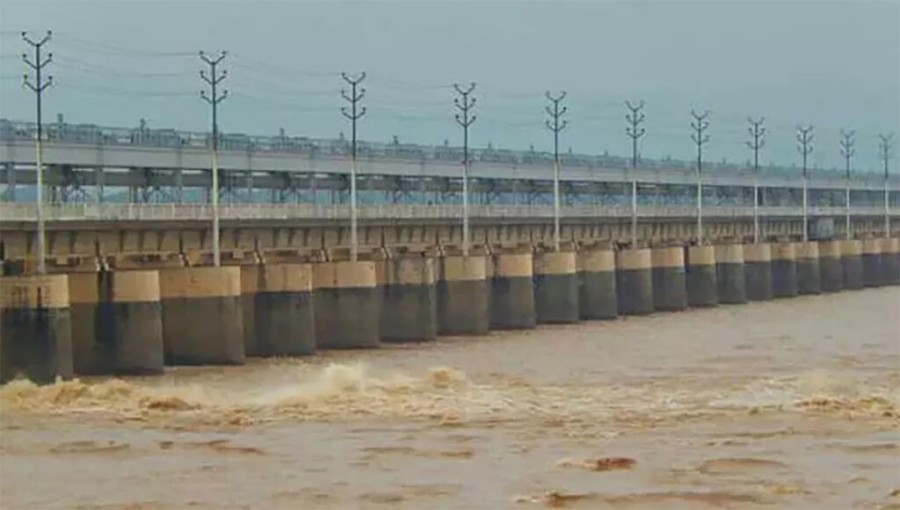




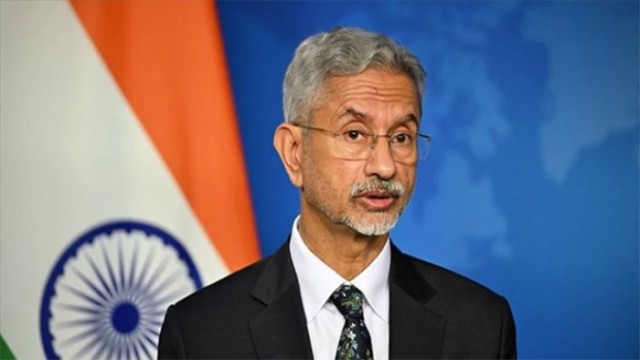
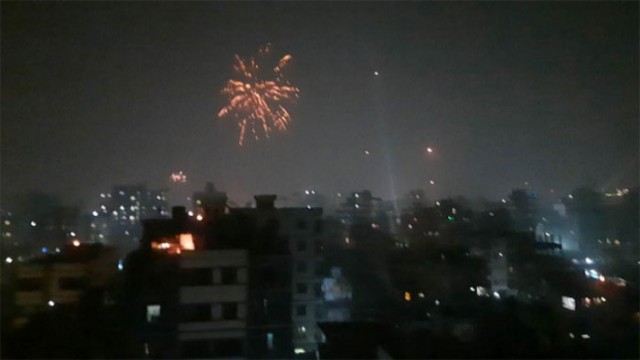

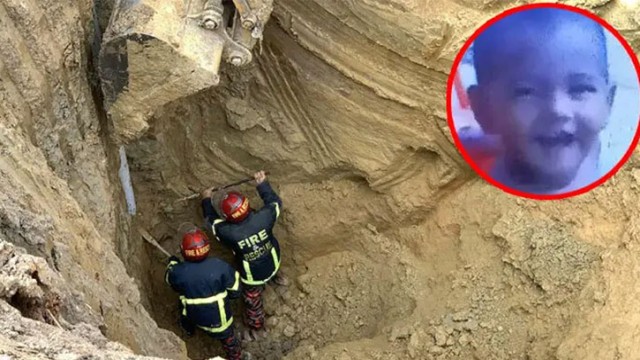
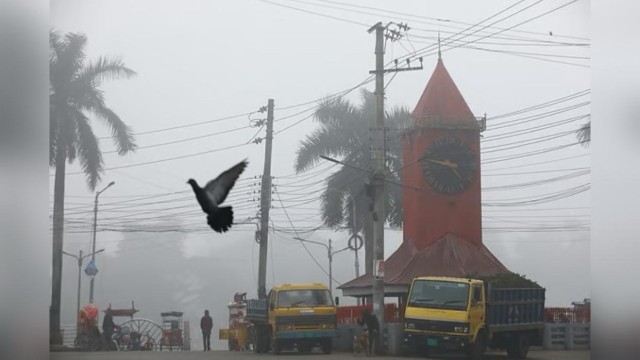






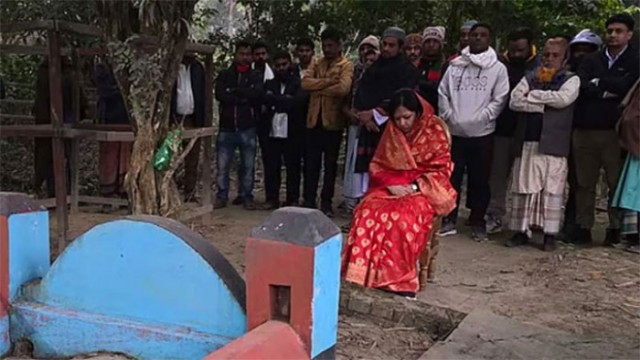
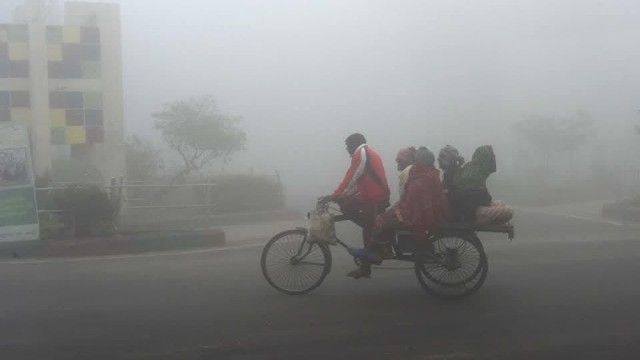
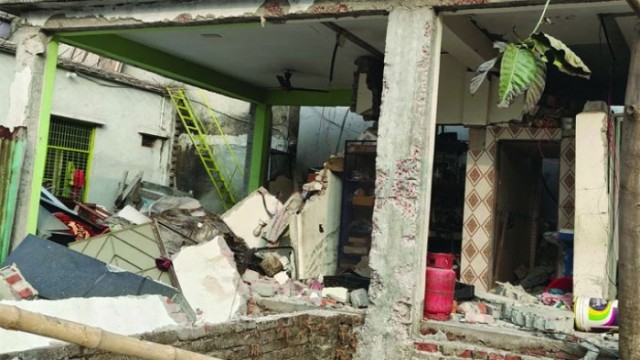



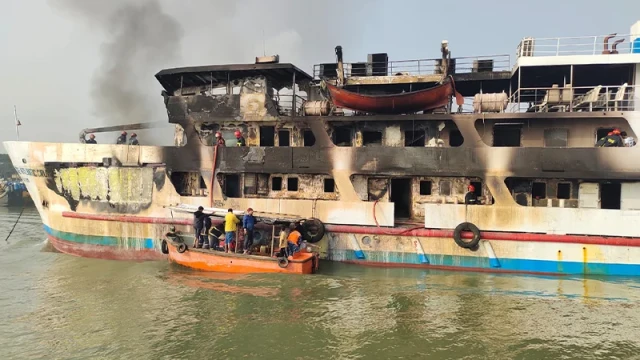

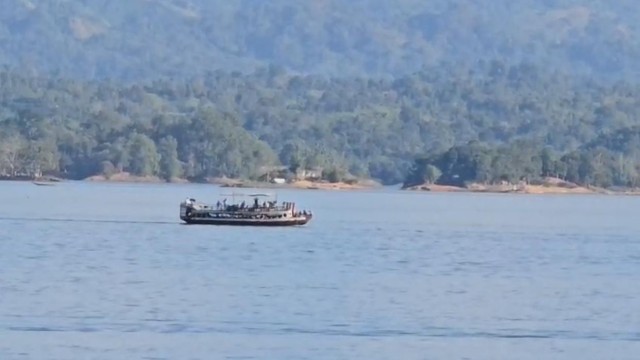
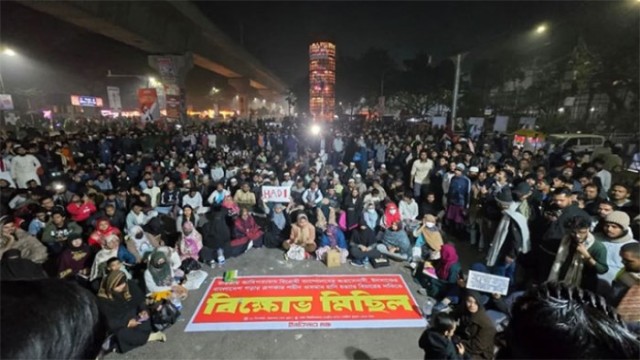
Comment: